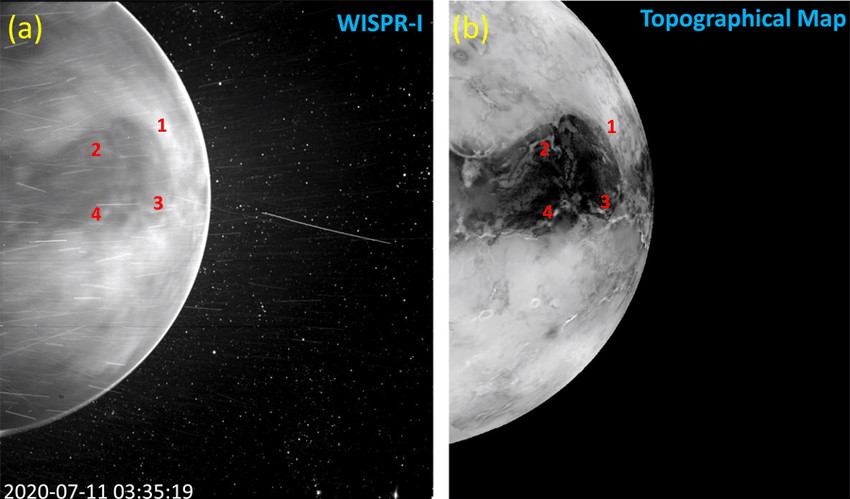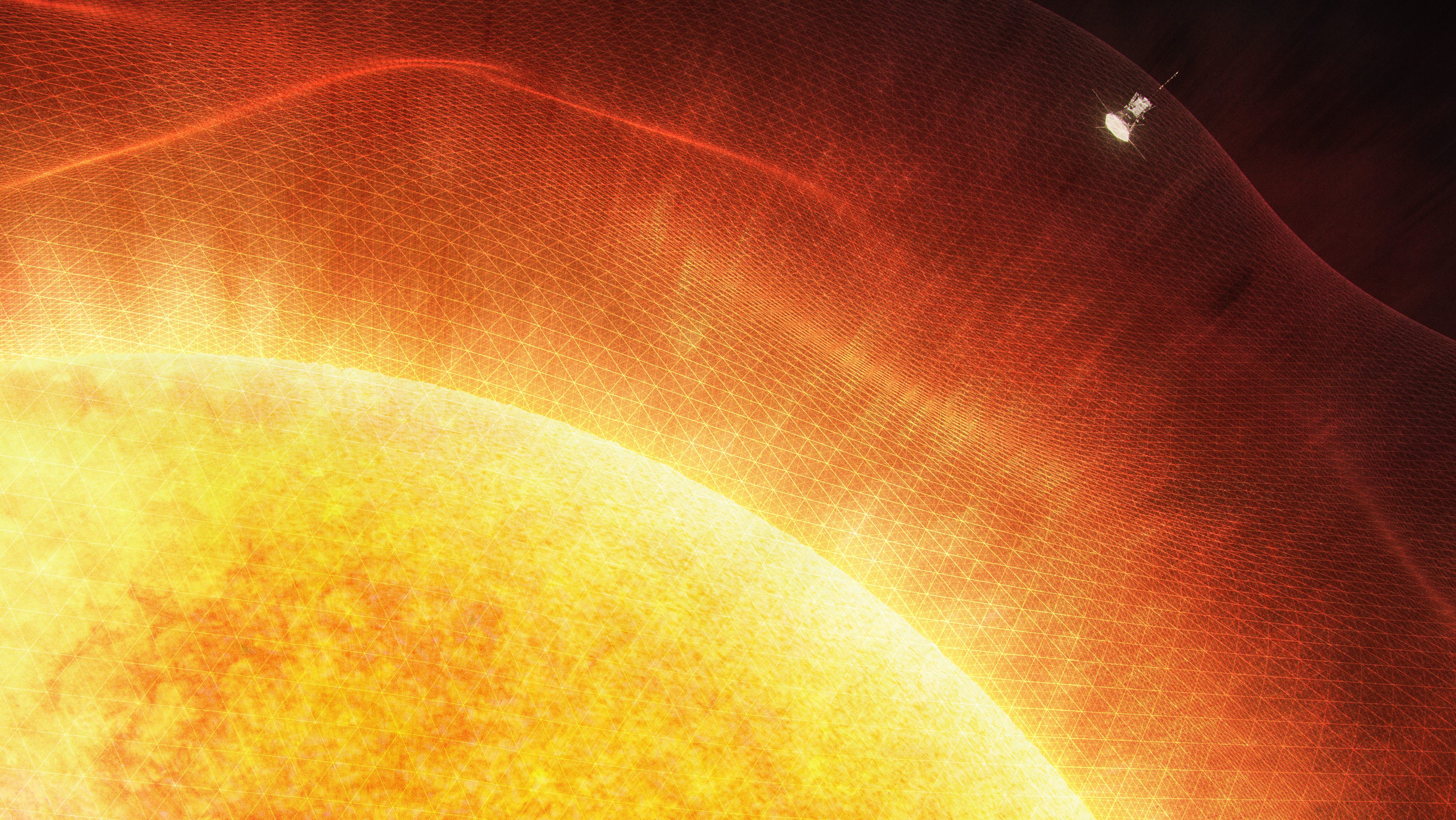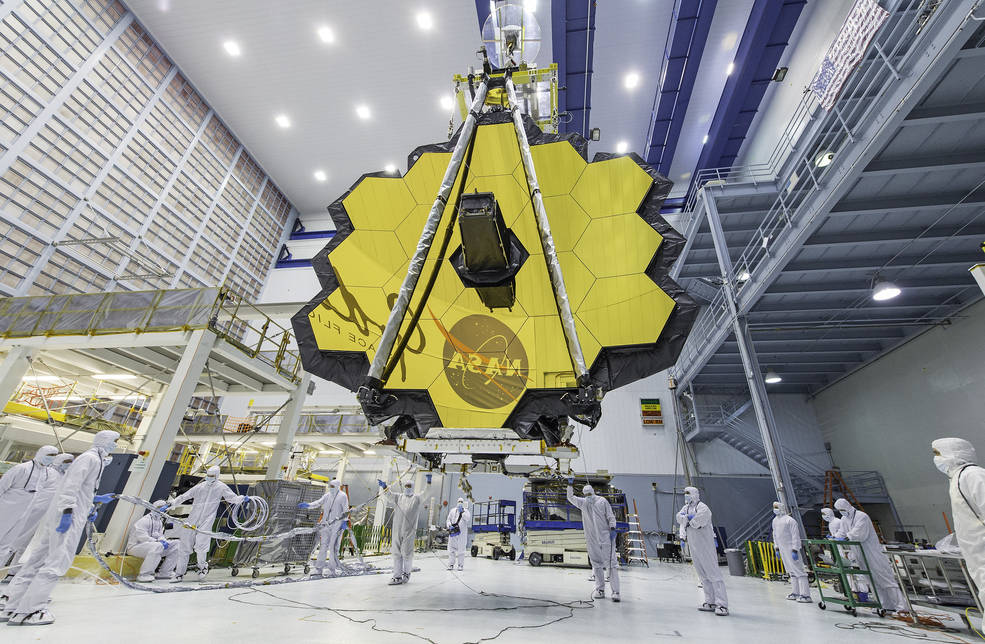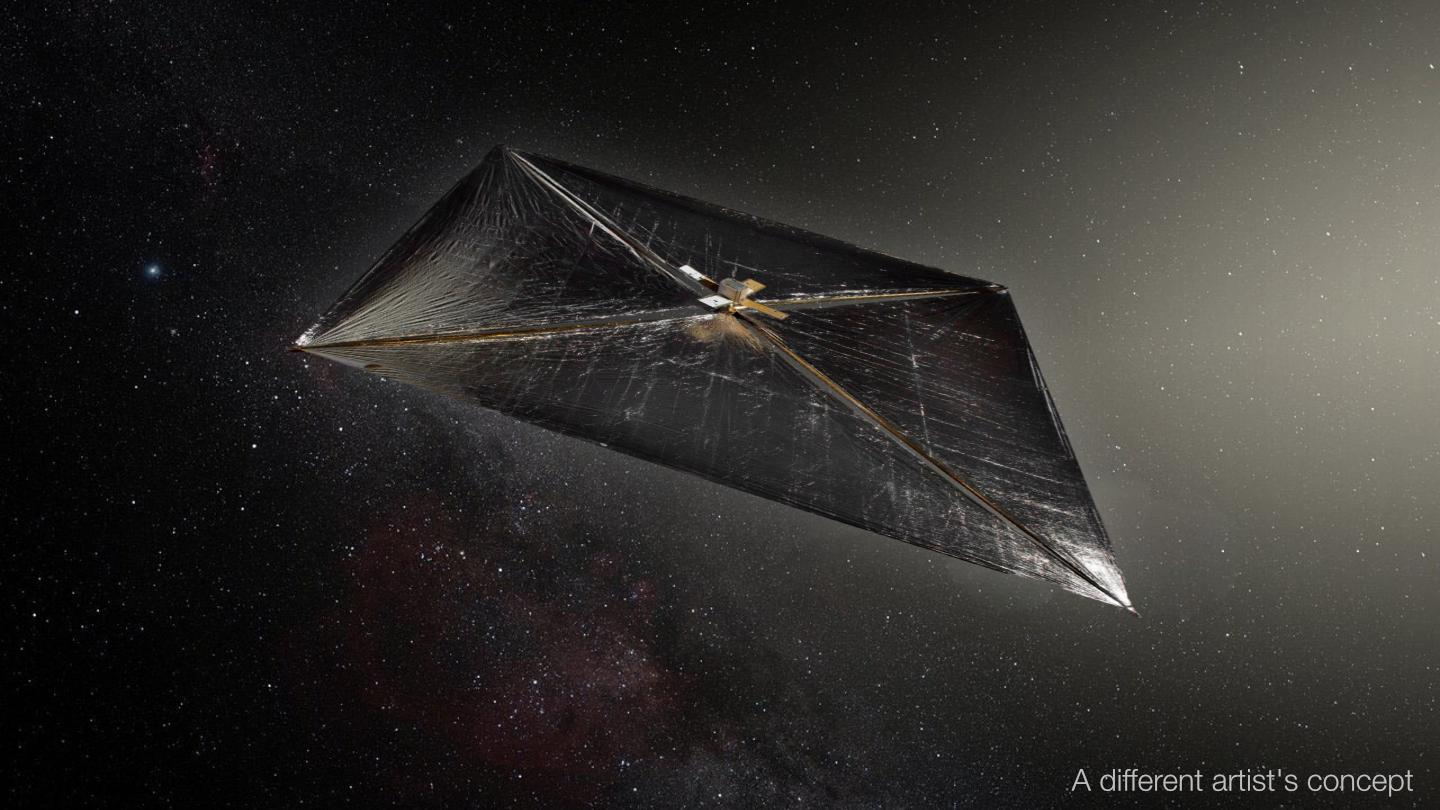NASA Is Sending Humanity’s First Spacecraft to the Sun in 2018
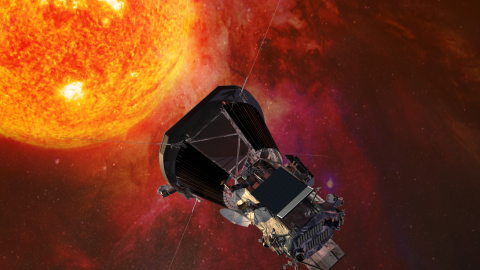
NASA announced the details of an “unprecedented” mission, which launches in 2018. Its spacecraft, in humanity’s first visit to a star, will get the closest we ever got to the sun.
The probe, designed to survive at extreme temperatures and radiation levels, is named after living astrophysicist Eugene Parker, whose work contributed significantly to our knowledge of the sun, developing the theory of solar wind. NASA sees the probe as not only “historic” but promising to “revolutionize our understanding of the sun.” It will get within 3.9 million miles to the sun’s surface, more than seven times closer than our previous spacecraft. The hope is that it will help us prevent damaging space weather events, like solar storms.
The Parker probe will zip along at the speed of up to 430,000 miles per hour, covering 90 million miles and eventually traveling through the sun’s atmosphere into its corona. It will be built to withstand heat of 2,500 degrees Fahrenheit, providing us with invaluable information about the sun’s workings. The materials used in the probe simply didn’t exist before, according to the scientists.
“Parker Solar Probe is going to answer questions about solar physics that we’ve puzzled over for more than six decades,” said the project scientist Nicola Fox of Johns Hopkins University. “It’s a spacecraft loaded with technological breakthroughs that will solve many of the largest mysteries about our star, including finding out why the sun’s corona is so much hotter than its surface.”
The Parker Solar Probe is currently set to launch in a 20-day window opening on July 31, 2018.
You can check out NASA’s press conference to detail the mission here:

